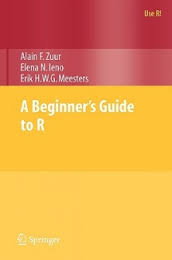I have a friend who has two kids, a toddler and a three year old. He and his wife derive great joy and exert great effort in raising their children. They write a blog that is mostly for friends and family with pictures and stories of what their kids do several days per week. It is great because they are able to keep an ongoing record of their children. As each year passes, they turn the blog postings for that year into a book. Family and friends in distant places can stay in touch with the family’s goings on and feel a connection that would not be available if the blog did not exist. We think that is great. That is a reason onto itself to maintain a family blog.
There are some other good reasons to create a different kind of blog about one’s kids. There are lots of ways to raise kids, some better than others. Parents really want to know what works and what does not. My friend and I went to lunch and for a cup of coffee today. We talked about a lot of stuff, but we mostly talked about kids, parenting, and blogging. My friend and his wife work hard to find good ways to raise their children. They do it differently than us, they are a bilingual family that comes from different places than us, they took different career paths than us, but we have a lot in common with respect to the desire and level of effort to raise children well.
Fewer people try to explain the thought they give to doing things in a certain way along with what worked, what failed, and what was a mixed success. That kind of blog is educational. Especially if the focus is on the mechanics and the descriptions of the success and failures are real and honest. Every family has a different set of issues with different worldviews and cultures. Each family has different levels of success with each child based on circumstance, abilities, personalities, and a plethora of other influences. It is great to read about the mechanics and analysis of such things, especially from thinking people. I hope my friends decide to do a second blog with that separate focus.

